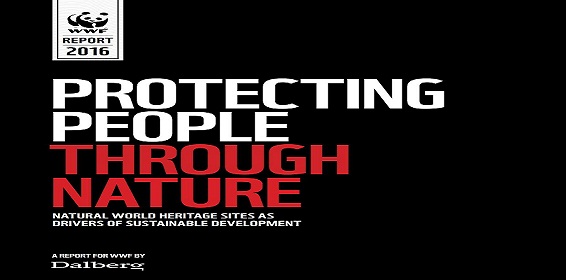Report named ‘Protecting People through Nature’ was released by World Wildlife Fund as main title and ‘Natural World Heritage sites as Drivers of sustainable Development’ as Sub title
Released by: World Wildlife Fund
Report
- In 96 countries, around 229 natural and mixed World heritage sites including Western Ghats facing Threats
- These sites are affected due to their distinctive values, migration the livelihoods and well being of human
Threats are:
- Harmful industrial activities in and around world heritage sites
- Overfishing
- Oil and Gas exploration and extraction
- Illegal logging
- Infrastructure
Report with respect to India
- Great Himalayan National Park Conservation Area, Kaziranga National Park, Keoladeo National Park, Manas Wildlife Sanctuary, Nanda Devi and Valley of Flowers National Parks, Sundarbans National Park and Western Ghats
- Indian sites, namely Manas Wildlife Sanctuary, Sundarbans National Park, and the serial sites of Western Ghats are threatened by harmful activities such as mining.
- Western Ghats gives supports to endangered Asian elephants and vulnerable Indian bison, faces the extractive threats
Extractive Threats: oil & gas concessions and mines & mining concessions
- Sundarbans National Park and Manas Wildlife Sanctuary are facing non-extractive threats.
- The non – extractive threats include dams, water use (unsustainable water use), Wood harvesting, Aquaculture (overfishing), Roads & Railways, Shipping lanes and Service lines
About World Wildlife Fund:
i. International non-governmental organization
ii. Established in 1961
iii. Working in the field of the wilderness preservation, and the reduction of humanity’s footprint on the environment
iv. Headquarters: Gland, Switzerland
v. CEO: Marco Lambertini
vi. Founders: Julian Huxley, Edward Max Nicholson, Peter Scott
AffairsCloud Recommends Oliveboard Mock Test
AffairsCloud Ebook - Support Us to Grow
Govt Jobs by Category
Bank Jobs Notification





